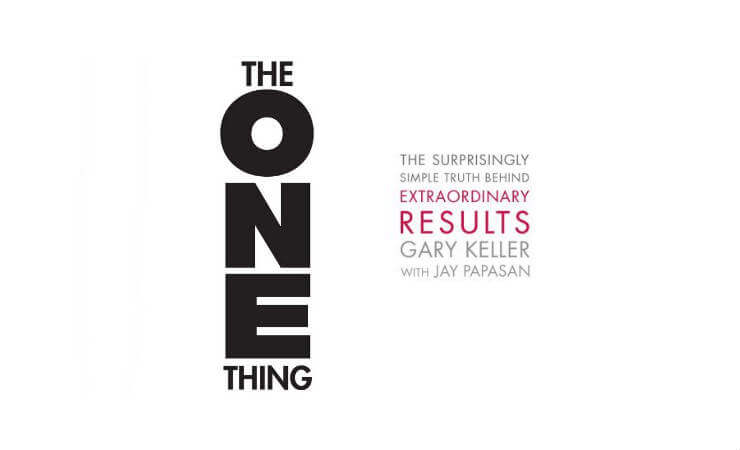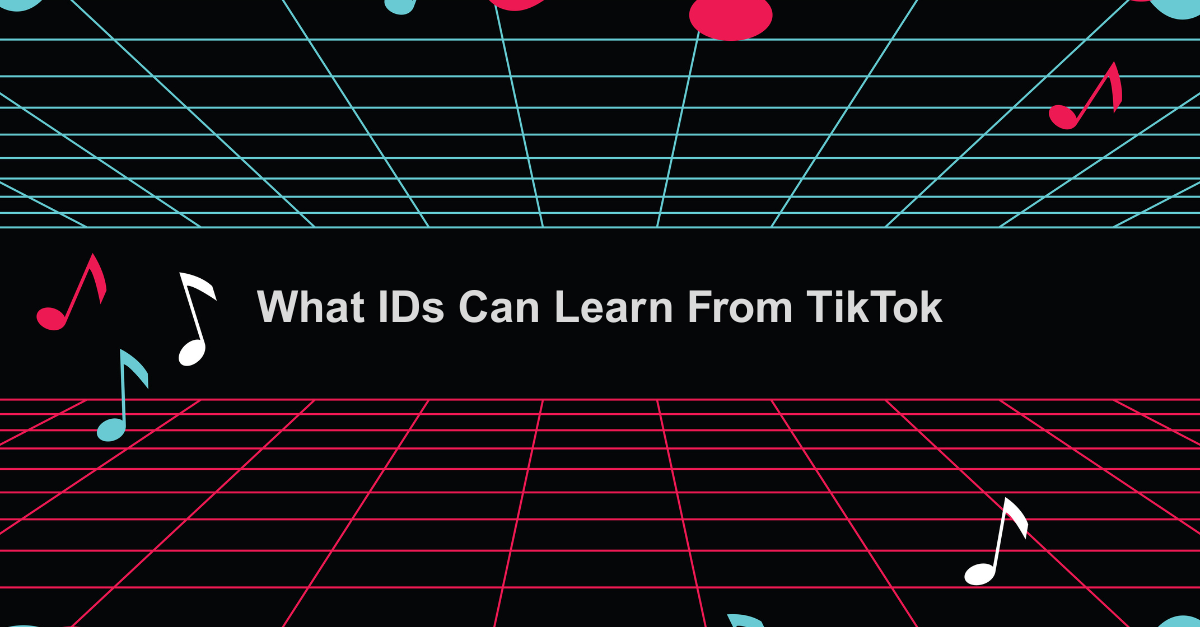TL:DR – Hook first. Structure always. Emotion throughout.
Most horror movies don’t build up to something interesting. They start with something interesting.
Think about it. Within the first few minutes, someone is missing, bleeding, possessed, or doing something suspicious in a dark basement they should’ve never entered. Why? Because the genre knows that to keep an audience engaged, you have to hook them fast.
Instructional design is no different. We need to hook our audience early.
This is why the Reaction level of the Kirkpatrick Model and the Awareness step of the Learner’s Journey are so important. We need to hook them early, usually by letting them know what’s in it for them.
(Hook them figuratively, not literally. Don’t be the killer in a horror movie!)
Whether you’re developing compliance training or a leadership module, the learner’s attention is not guaranteed. You have to earn it quickly—and keep it. That means leading with impact by helping them understand what’s in it for them.
Here’s what we can borrow from great horror films:
Start With a Bang (The Hook)
Don’t save the “good stuff” for the end. Use a powerful story, a surprising fact, or a compelling question right at the beginning. Open with intrigue, something that makes the learner say, “Wait, what?”
Follow the Rules (Structure Matters)
Horror movies often follow an unspoken set of rules: the final girl trope, the fake-out jump scare, the mysterious phone call. Why? Because a familiar structure helps viewers stay oriented, even when things get chaotic.
Likewise, instructional design thrives on clear structure. Learners need to know:
- Where they’re going
- Why it matters
- How each step connects to the next
That’s where course objectives come in. They are the Instructional Designer’s genre rules, the framework that keeps the training content focused, purposeful, and effective.
When we clearly define and design around those objectives, we establish a logical flow that leads to real behavior change and measurable results. Skip the objectives or ignore them, and the course becomes like a horror movie with no resolution: scattered, confusing, and ultimately forgettable.
But when we follow the rules, when content, activities, and assessments all align to the objectives, we give our learners the satisfying payoff they came for.
Fear, Like Learning, Is Emotional
Good horror films don’t just scare—they evoke. Instructional Designers should strive for the same kind of emotional engagement. That might mean tapping into a learner’s sense of responsibility, curiosity, or even urgency to change behavior.
Leave a Trail of Clues
Great horror doesn’t explain everything at once, it lets the viewer discover. Similarly, avoid overwhelming learners with excessive information. Instead, breadcrumb content in a way that builds curiosity and rewards exploration.
Instructional design might not involve haunted houses or cursed videotapes, but the principles of engaging storytelling, strong structure, and emotional investment are universal.
So next time you design a course, think like a screenwriter: Hook first. Structure always. Emotion throughout.
Whether it’s a learner or a moviegoer, the rule is the same: if you lose them early, you may never get them back.
We know building out a training team can be scary. That’s why we are here to help. Turn your nightmare into a dream with help from the ID Department. Ok, that may be a bit cheesy, but we are here to help you get Fortune 500 results without the Fortune 500 cost. Find out how here.
#InstructionalDesign #LXD #Storytelling #HorrorMovies #LearningExperienceDesign #eLearning







Leave a Reply